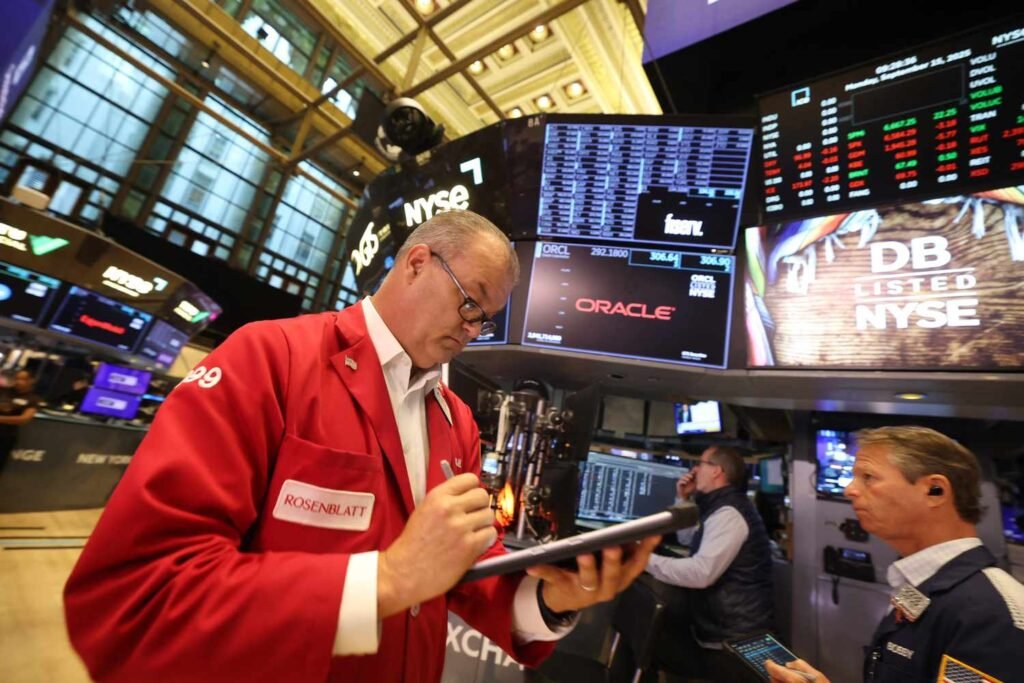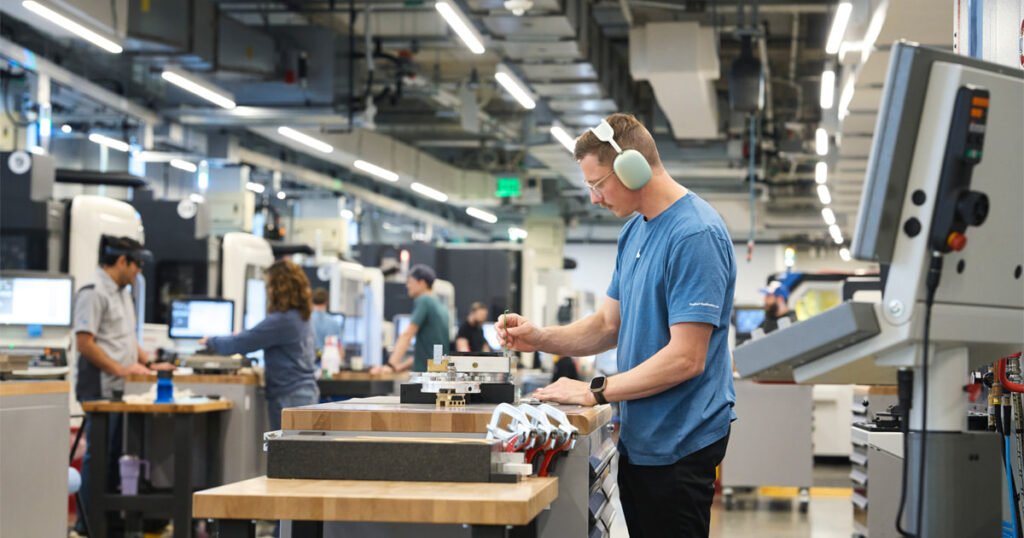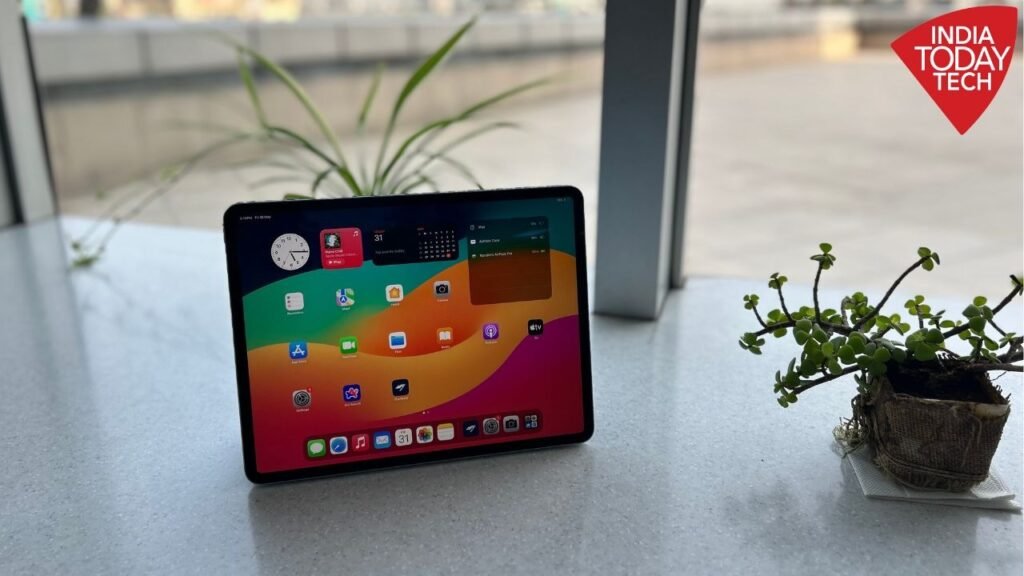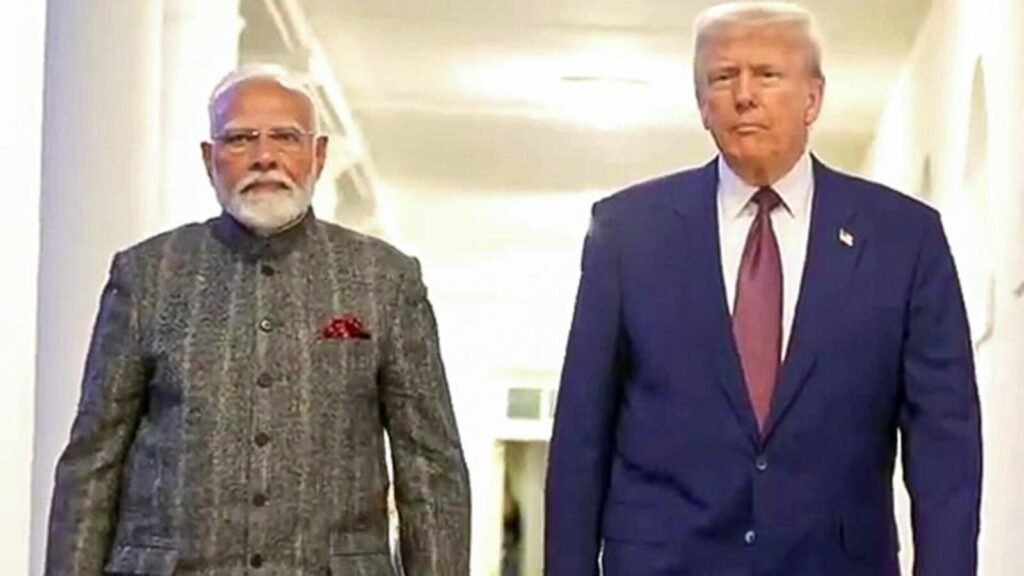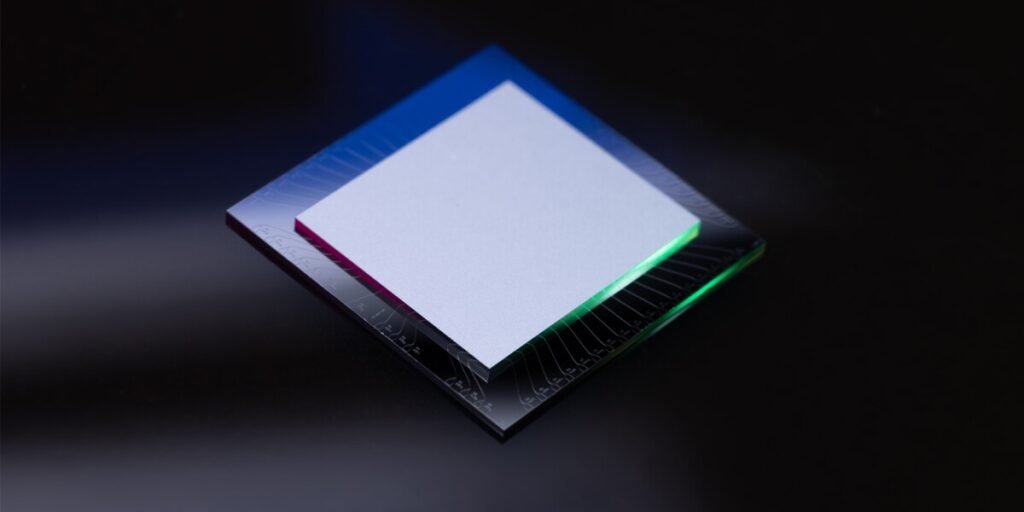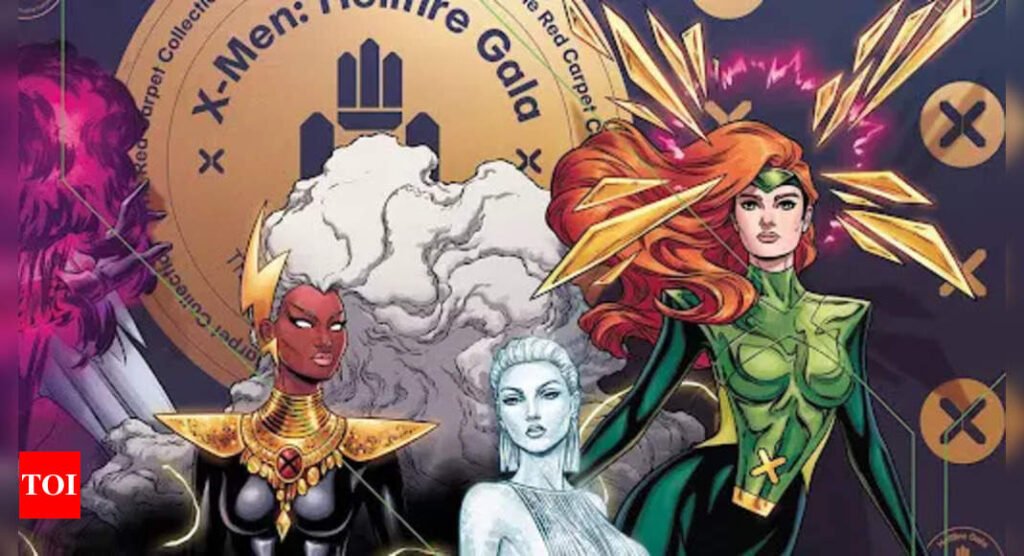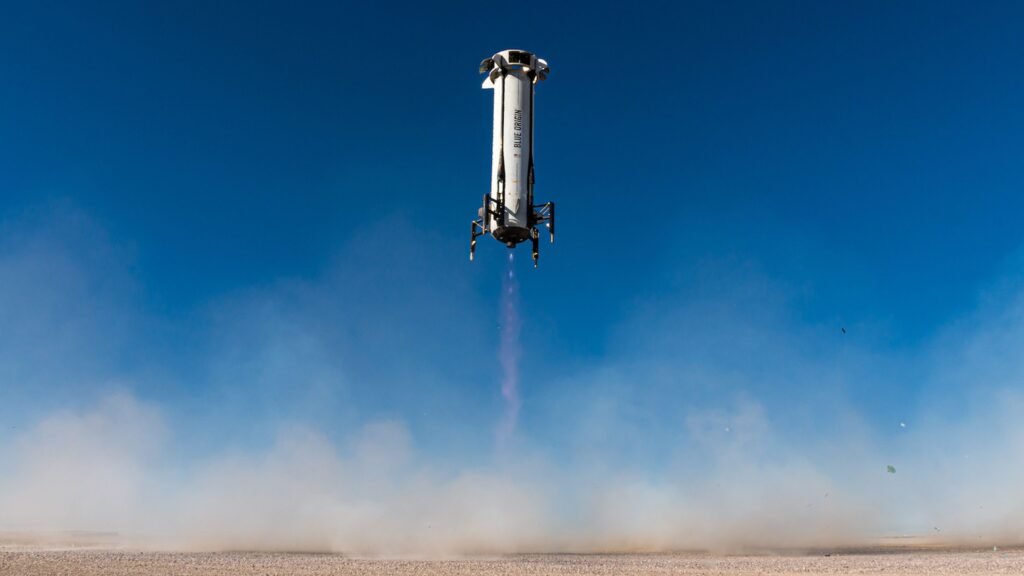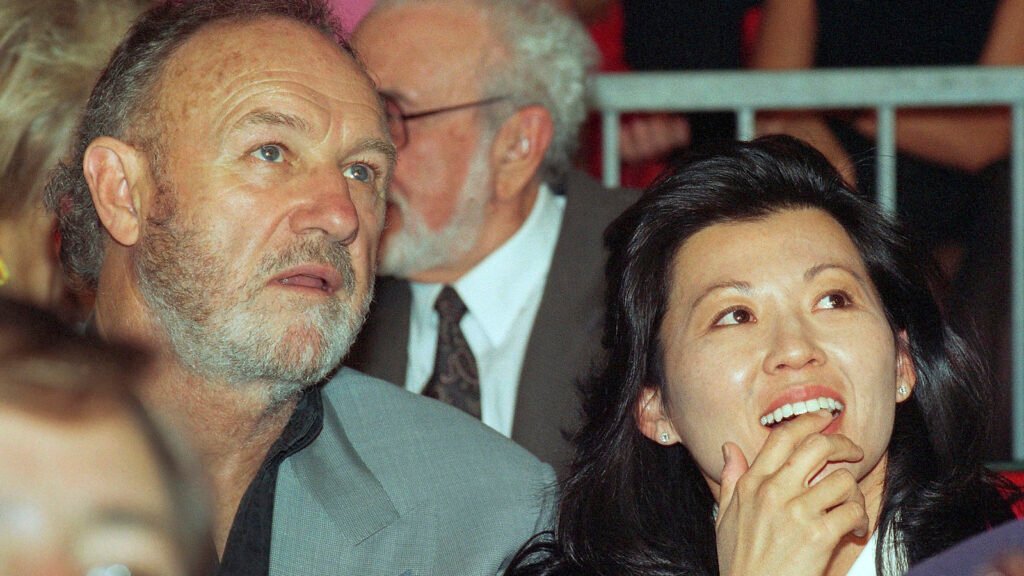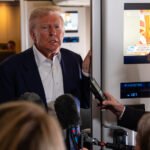Now Reading: Dow S&P 500 Nasdaq stock market rally today: US stock market today: Dow jumps 250 points, S&P 500 hits record high, Nasdaq dips as Nvidia tops $4T and Delta, United, MP Materials lead stock market surge
-
01
Dow S&P 500 Nasdaq stock market rally today: US stock market today: Dow jumps 250 points, S&P 500 hits record high, Nasdaq dips as Nvidia tops $4T and Delta, United, MP Materials lead stock market surge
Dow S&P 500 Nasdaq stock market rally today: US stock market today: Dow jumps 250 points, S&P 500 hits record high, Nasdaq dips as Nvidia tops $4T and Delta, United, MP Materials lead stock market surge

While markets have stayed resilient for over two months, Thursday’s session showed signs of hesitation. With Trump threatening new tariffs—including a 50% rate on Brazilian imports—and Nvidia crossing an unprecedented $4 trillion market cap, investors found themselves caught between optimism and caution.
The Dow Jones Industrial Average (^DJI) climbed 0.56% or +250 points, riding momentum from earlier gains. The S&P 500 (^GSPC) eked out a 0.1% gain, while the Nasdaq Composite (^IXIC) slipped 0.2%, retreating slightly after closing at a record high just the day before.
Why is Wall Street jittery about Trump’s new tariff threats?
Markets are digesting Trump’s latest hardline stance on global trade. On Wednesday night, the president shocked investors by threatening a massive 50% tariff on Brazilian imports, raising the stakes in an already tense trade environment.
In a sweeping move, Trump reportedly sent 22 letters to global leaders this week, outlining specific tariffs set to hit starting August 1—including extra duties for BRICS nations and warnings directed at India, the EU, and Canada.
While markets have been resilient over the past two months, this new wave of tariffs could shake investor confidence if trade tensions escalate further. Already, US-listed Brazilian stocks have taken a hit:
- Petrobras (PBR) slipped 0.47%
- Itau Unibanco (ITUB) fell 3.5%
- Banco Santander (SAN) dropped 2.7%
Meanwhile, the Brazilian real weakened sharply, down as much as 2.4% against the dollar.
What impact are Trump’s new tariff threats having on global trade confidence?
President Trump, escalating his America First economic stance, issued 22 letters this week to leaders of foreign nations. These letters detailed new tariff rates set to take effect on August 1, with some countries like Brazil facing steep 50% levies on imports. Trump’s latest move adds more pressure on ongoing trade negotiations with major partners including the EU, India, and Canada.
Though Trump mentioned a deal with India is close, his warnings about an additional 10% tariff on BRICS countries (Brazil, Russia, India, China, South Africa) have cast doubt on the timeline. These moves have not yet triggered panic in the markets, but analysts warn that continued uncertainty could weigh on investor sentiment if talks stall.
Did Delta earnings help the mood on Wall Street?
Absolutely. Delta Airlines (DAL) delivered a surprise boost to the market early Thursday after posting better-than-expected earnings and restoring its full-year guidance. Shares of Delta surged 12%, kicking off earnings season on a high note.
Delta’s upbeat tone about recovering travel demand and stabilized bookings triggered a rally across the airline sector:
- United Airlines (UAL) soared 13.2%
- American Airlines (AAL) jumped 9%
- Southwest (LUV) gained 3.6%
This is a major shift from last quarter, when Delta pulled its guidance due to trade concerns.
What’s happening with Nvidia and the tech sector?
After a historic run that pushed Nvidia’s market cap above $4 trillion, NVDA stock took a breather, dipping slightly Thursday. But even with a pause in the AI rally, enthusiasm remains strong.
The Nasdaq Composite cooled off a bit, down 0.2%, after logging a fresh record high on Wednesday thanks to Nvidia’s momentum. Investors are still bullish on the broader AI trend, but concerns over valuations and macro headwinds are causing some to take profits.
Top movers today: What stocks made headlines?
- Nvidia (NVDA) briefly hit a jaw-dropping $4 trillion market cap, becoming the first company ever to reach that milestone. After an incredible tech rally, the stock is now cooling off and consolidating, as investors take a breather.
- Delta Air Lines (DAL) soared 13–14% after delivering a blowout Q2 earnings report and raising its full-year outlook. That upbeat tone set the stage for a sector-wide rally.
- United Airlines (UAL) and American Airlines (AAL) followed suit, both jumping 11–12% on the back of Delta’s strong performance and renewed investor optimism for summer travel.
- MP Materials (MP) skyrocketed nearly 50% thanks to a major Department of Defense deal aimed at boosting U.S. production of rare-earth magnets, a key component for military and clean energy tech.
- WK Kellogg (KLG) spiked 30–50% amid takeover talks, with chocolate giant Ferrero reportedly offering $23/share in a deal worth nearly $3 billion.
- On the flip side, Conagra (CAG) dipped about 3%, as tariff-related margin concerns weighed on food companies.
- Helen of Troy (HELE) plunged nearly 25% after a disappointing earnings report, with management citing tariff headwinds as a key pressure point.
What’s happening with trade and tariffs?
President Trump just dropped another bombshell on trade: 50% tariffs on copper and Brazilian goods, kicking in August 1. There’s also talk of massive duties—up to 200%—on sectors like pharmaceuticals and semiconductors.
So far, markets are shrugging it off. The VIX (Volatility Index) remains calm, hovering around five-month lows (~16). But analysts warn that these tariffs could sneak up on investors, creating risks for inflation, supply chains, and corporate margins down the road.
In response to the tariff news:
- Copper prices jumped ~10%
- Gold edged higher by 0.3–0.5%
- Crude oil slipped ~0.3%
What do falling jobless claims mean for the Federal Reserve’s next move?
In labor news, jobless claims for the week ending July 5 fell to 227,000, a 5,000 drop from the previous week’s revised figure. This small but notable decline comes at a time when the Federal Reserve is closely watching employment data to decide when to start cutting interest rates.
According to the Fed’s June meeting minutes, only a few policymakers supported a rate cut as early as July. The cooling job market could provide more evidence that the economy is softening, which would potentially speed up the Fed’s decision to ease rates in the coming months.
What’s driving sentiment right now?
- Tech stocks remain the darlings of Wall Street, led by Nvidia’s historic rally and AI megacap enthusiasm.
- Airlines are soaring after Delta’s strong quarter sparked broad gains across the industry.
- Tariffs are reshaping commodities, creating big winners like MP Materials and big losers like Conagra and Helen of Troy.
- Macro signals are mixed, with low jobless claims and a cautious—but not yet dovish—Federal Reserve.
What should investors watch next?
- More corporate earnings, especially from industrials, tech, and metal producers.
- Ongoing tariff developments, particularly any retaliation from Brazil, the EU, or Canada.
- Next week’s labor data, including updated jobless claims and wage growth.
- Global trade talks, especially U.S.–EU discussions on the auto sector and tech components.
Is Wall Street’s optimism at risk as markets digest conflicting signals?
While the Dow continues to climb, and Nvidia’s rise fuels AI excitement, growing geopolitical and trade concerns have begun to complicate the narrative. Trump’s aggressive trade tactics and uncertain timelines for deals with strategic partners inject volatility into what had been a largely bullish market environment.
At the same time, core economic indicators—like earnings, employment, and inflation—are giving mixed signals. The balance between optimism from AI growth and caution from global trade disruptions will likely define the market’s next moves as investors await more clarity from the Fed and the White House.
- Dow up 0.4%, S&P 500 flat, Nasdaq down 0.3% after record highs.
- Nvidia crosses $4 trillion in market cap, first public company to do so.
- Trump sends 22 letters outlining new tariffs, including 50% on Brazilian imports.
- Delta shares soar 12% after better-than-expected Q2 earnings.
- Jobless claims drop to 227,000, Fed watchers eye possible rate cuts.
The market remains at a crossroads—buoyed by tech gains and corporate resilience, but increasingly sensitive to policy shifts from President Trump and global trade partners. Investors will be watching closely in the coming weeks for decisive signals from both Washington and Wall Street.
FAQs:
Q1: Why is Nvidia’s $4 trillion valuation important for the stock market?
It shows strong tech growth and fuels confidence in AI-driven stocks.
Q2: What are Trump’s new tariffs and how do they affect trade?
Trump is threatening up to 50% tariffs on imports from Brazil and others, pressuring trade talks.

